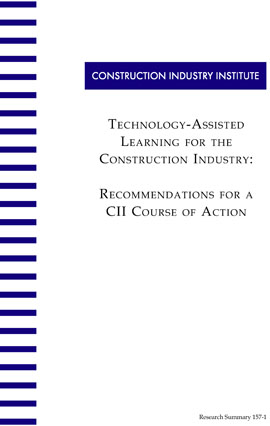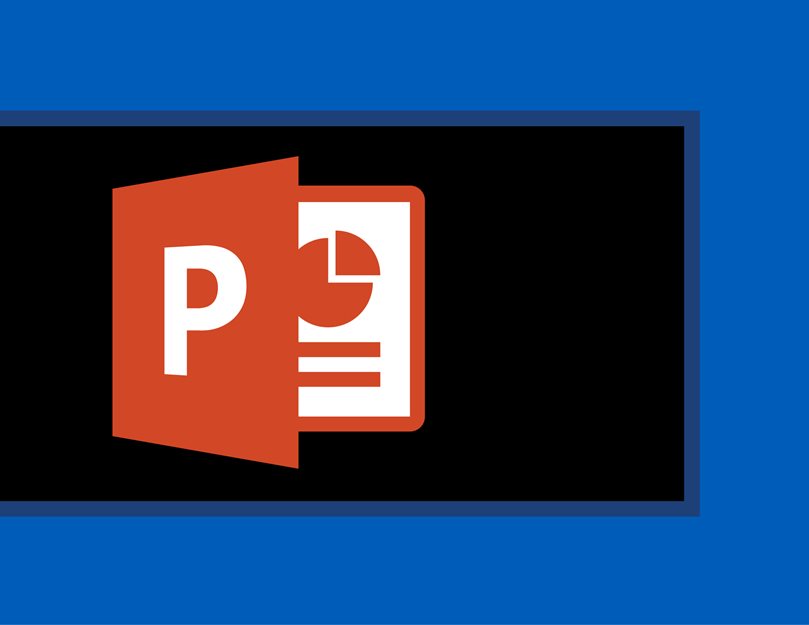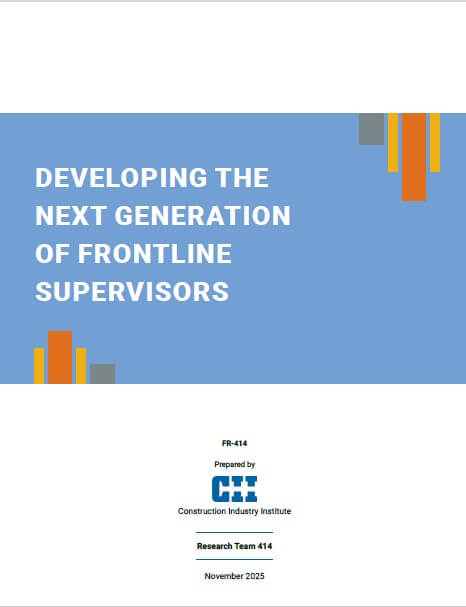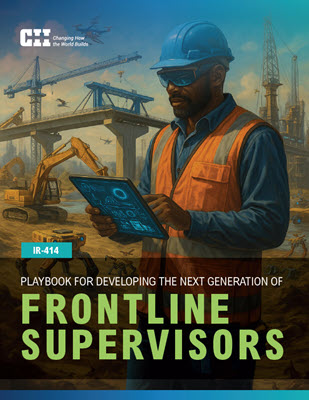
Technology-Assisted Learning for the Construction Industry: Recommendations for a CII Course of Action
CII education materials, consisting primarily of written lesson plans, are used to train engineering and construction management personnel and others who have a need to understand various facets of the management practices associated with capital facilities programs. These education materials are key to the CII Continuing Education Course programs that are conducted in a traditional classroom setting. Due to lost productivity and the cost of travel for off-site training, however, companies are reducing their use of classroom training. In addition, the pervasive use of computers and other electronic media has created a growing need for quicker delivery of the education material with an emphasis on the technology that is available today.
To investigate how to satisfy this need for information through technology, the CII Education Committee formed the Technology-Assisted Learning (TAL) Research Team. The key objectives of the team were to survey the training industry for trends in the electronic delivery of training materials and to identify opportunities for utilizing this technology in the delivery of CII research to member companies.
Through its study, the research team identified a new format to distribute the educational materials that uses Web-based technology. In addition, the research team identified other technological capabilities that can be used in the near future. This research summary recaps the activities that led to these discoveries.
Subsequent to the research, several members of the research team explored the use of TAL methods in both an Internet environment and the traditional workshop environment. They found that for many of the CII education modules, the Internet phase can deliver the factual content and be followed by a workshop phase, where the training is completed. This arrangement combines the strengths of both methods: the delivery efficiency of the Internet and the learning reinforcement and networking in a workshop environment. Those “path forward” plans are described here as well.
CII has moved quickly to implement the research team's recommendations. The CII Education Committee now is responsible for administering TAL and any associated contracts with providers and for integration of TAL into the existing training development and delivery programs. The research team is convinced that CII could see more widespread implementation of its research results by using technology-assisted learning techniques. The team also believes that CII Best Practices could be more widely adopted through the use of TAL.
To aid in the selection process, the research team developed a set of charateristics as well as specifications that a finished product should be able to support. (RS157-1, pp. 5-6)
- Promote active learning
- Promote understanding of the concepts
- Include learning objectives
- Include interactive learning activities
- Include an evaluation tool
- Include a training management/reporting tool
- The TAL-Internet (TAL-I) can deliver the factual content of the module. TAL-I provides just-in-time delivery anywhere in the world and allows employees to take a course when time is available.
- Since interaction between people from differing organizations is valuable, the TAL-Workshop phase (TAL-W) will be developed as well.
The research team does not view TAL as a replacement for the current CII education delivery methodologies. In many instances, methods other than TAL would take precedence. In other cases, TAL could be supplemental and supportive of current offerings. Some of the ways that TAL can provide value to the education process include the following: (RS157-1, pp. 10-11)
- Providing minimum stand-alone training for those requiring overview only.
- Providing evaluated pre-qualification for facilitated TAL-W workshop/case studies.
- Raising awareness level and potential for implementation of CII best practices.
- Providing networking benefits on specific CII best practices topics through TAL-W workshop/case studies.
- Enhancing CII education delivery methods to keep pace with industry improvements.
- Providing training on the use of CII best practices to a more extensive professional audience than has been impacted by the traditional training delivery techniques and systems.



